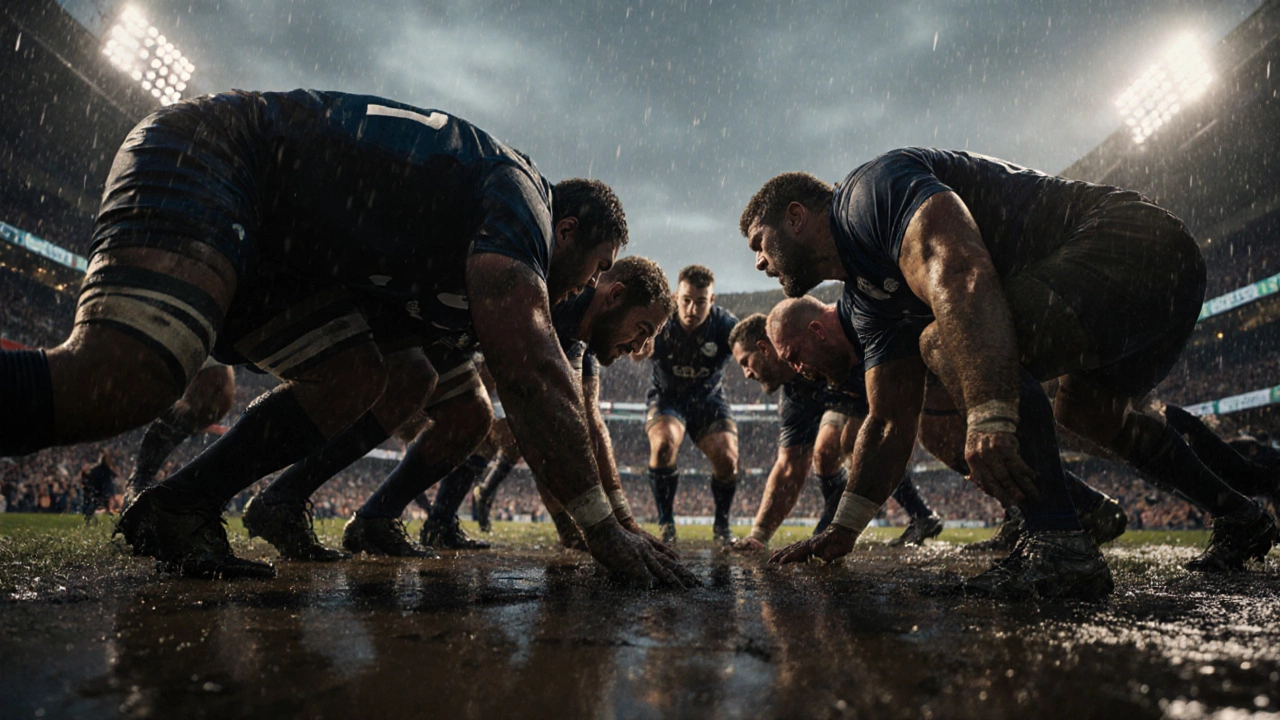
Rugby Positions: Roles, Skills, and How They Shape the Game
When talking about rugby positions, the specific spots each player fills on the field. Also known as player roles, they dictate how a team moves, attacks, and defends. Rugby positions encompass both forwards and backs, and each spot brings its own set of tasks and physical demands. Understanding the core positions helps fans follow the action and lets aspiring athletes pick the role that fits their strengths.
The forward pack is built around power and set‑piece work. Prop, the front‑row players who provide stability in scrums, are the hardest hitters and the biggest blockers. Their primary job is to hold the scrum steady while driving forward. Another key forward is the hooker, who throws the ball in lineouts and hooks it back in scrums. Together, these positions form the engine room that wins territory and retains possession.
Back‑line players rely more on speed and decision‑making. Fly‑half, the tactical quarterback who directs attacks, reads the defense and chooses whether to pass, kick, or run. Close behind, the Scrum‑half, the link between forwards and backs who feeds the ball from scrums, needs quick hands and sharp vision. These two positions shape a team’s offensive rhythm and often decide the outcome of tight matches.
Each position demands a blend of physical traits and mental skills. Props need raw strength and endurance, while fly‑halves require fast thinking and precise kicking. Scrum‑halves must combine agility with rapid decision‑making. The lineout, a set‑piece where taller players like locks are lifted to catch the ball, adds another layer of specialization. Knowing which attributes match each role lets coaches build balanced squads and helps players focus their training.
Coaching strategy directly influences how rugby positions are allocated. A coach who prefers a forward‑dominant style may give the props extra ball‑carrying duties, while another who values expansive play will empower the fly‑half to spread the ball wide. These tactical choices create a cause‑and‑effect chain: the chosen style shapes position responsibilities, which in turn shape player recruitment and development pathways.
Physical size and fitness levels also steer position decisions. Bigger athletes naturally gravitate toward the front row or lock positions, where mass aids in scrummaging and lineout jumping. Smaller, faster players thrive at scrum‑half or wing, where speed can open gaps in the defense. This relationship between body type and role explains why youth academies often sort kids by height and power before fine‑tuning skill sets.
The game’s evolution has blurred some traditional lines. Modern back‑row forwards now run like backs, and some fly‑halves are as strong as centers. This hybrid trend shows that rugby positions are not static; they adapt to rule changes, training advances, and cultural shifts. Still, the core concepts—forward power, back‑line creativity, and the link between them—remain the backbone of every match.
What You’ll Find Next
Below you’ll see a curated list of articles that dive deeper into each of these roles, explore training tips for specific positions, and break down how the latest rule changes affect player responsibilities. Whether you’re a fan wanting to read the game better or a player looking for position‑specific advice, the collection gives you practical insight and real‑world examples.
